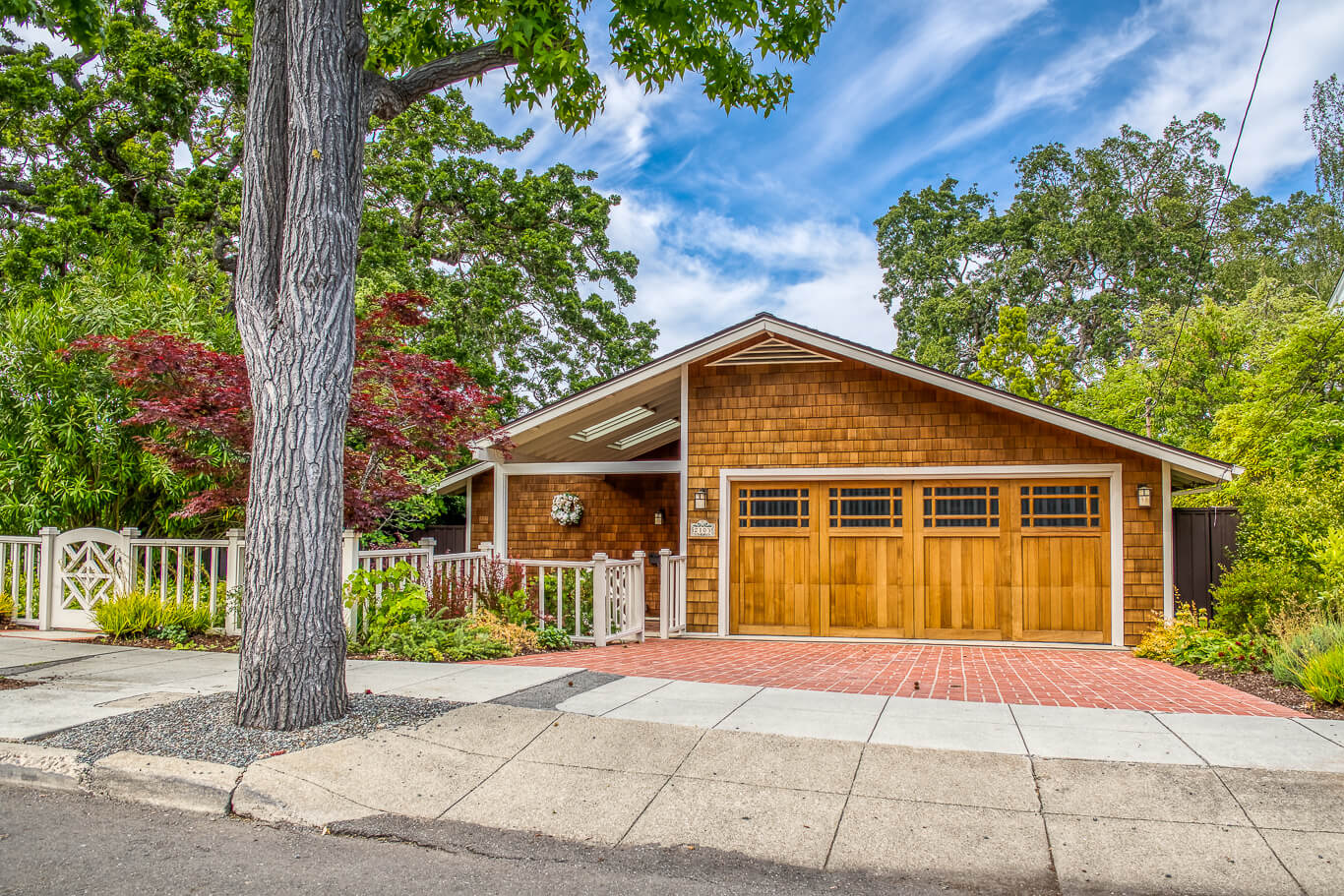MOVE-UP BUYERS: MOVING UP TO STRENGTHEN THE FAMILY
Family is at the core of many cultures around the world.
In many Asian and Latin American cultures, for instance, most young adults stay home until they marry. When their parents age, they move in with their children who consider it an honor to care for them in their later years.
Keeping Family Close
Family has long been a key component within Chinese society, and many aspects of Chinese life are tied to honoring one’s parents or ancestors. In fact, the majority of the “Five Relationships” espoused by Confucius were directly centered on the family. Due to this focus, it has historically been common for the Chinese—even when fully grown with children of their own—to not only remain in or close to their hometown, but also to have many living generations of a family living under the same roof.
While in the United States, the small nuclear family—father, mother, and one or two children—still predominates, things appear to be changing. According to the Pew Research Center, in 2014 a record 60.6 million people (19% of the US population) lived with multiple generations under one roof. More than one-fifth of Americans older than 55 now live in a multigenerational household.
Reasons For Staying Together
Fueling this shift are rising home prices, staggering childcare expenses, college debt, longer life expectancies, high costs of elderly care, and the growth of ethnic communities in which extended families traditionally live together.
Economics might be forcing the issue, but people now are rediscovering the advantages of this way of life, according to Donna Butts, executive director of Generations United, a family research nonprofit and advocacy group. The Great Recession of 2008 drove a lot of young adult “boomerang children” back to their parents’ homes when they couldn’t find a job.
“People came together by necessity, and they stayed together by choice,” says Butts. “In many other countries, it’s just a way of life. It helps strengthen the family.”
With home prices in the Bay Area out of reach for most young adults, families are increasingly purchasing larger homes to keep everyone close while helping their children save money for an eventual down payment on their own home. Even those who don’t have relatives living with them fulltime are looking at larger homes to accommodate international relatives during their long visits from abroad.
Enhanced Benefits
New housing bills (“New ADU Housing Bills Could Add Value To Your Home) passed by the California legislature are making things easier by giving existing homeowners greater flexibility and options to add auxiliary dwelling units, or ADUs, to their properties. Also known as ‘granny flats,’ ‘in-law units,’ and ‘guest apartments,’ these additional units can be added around the main house in a larger property, creating a sort of family compound.
Closeness to family is not the only benefit of moving up. Larger homes are usually located in higher-priced neighborhoods which generate higher property-tax income—a significant funding source for public schools. More resources mean state-of-the-art facilities and equipment and better paid and trained teachers. Realizing how critical a top-notch education is becoming in the 21st century, savvy parents in the Bay Area are actively seeking better schools to give their younger children a competitive edge.
A better neighborhood also means less congestion, noise, and closer proximity to open spaces with proven benefits to physical and mental wellbeing.
Of course, moving up will usually cost you more—but considering the benefits, the trade-off is more than worth it.
Can We Help?
For more information on how we can help with your move-up needs, please contact Julie at 650.799.8888 or Julie@JulieTsaiLaw.com to schedule a free consultation.

